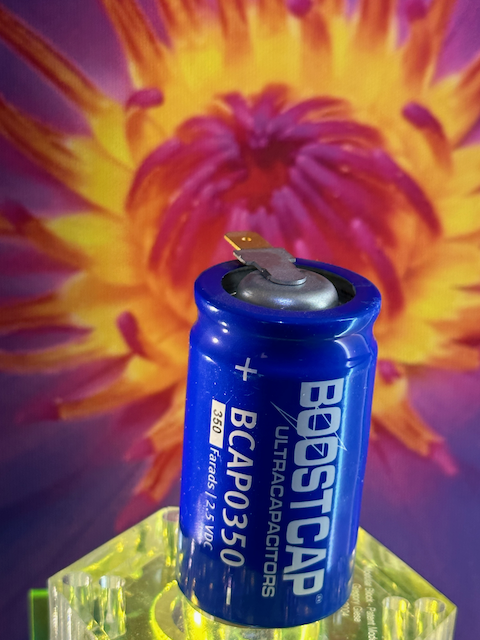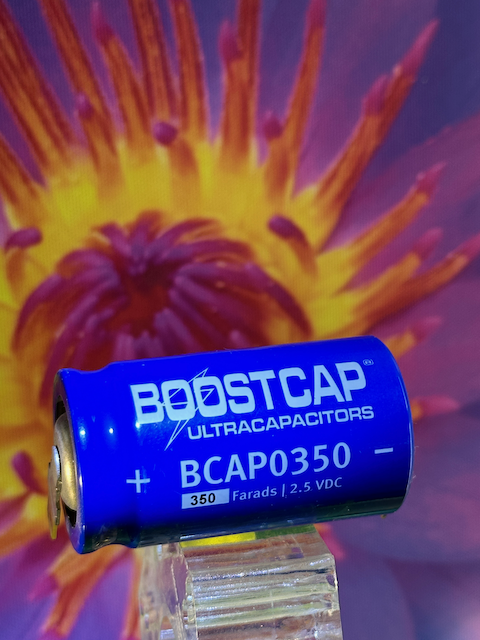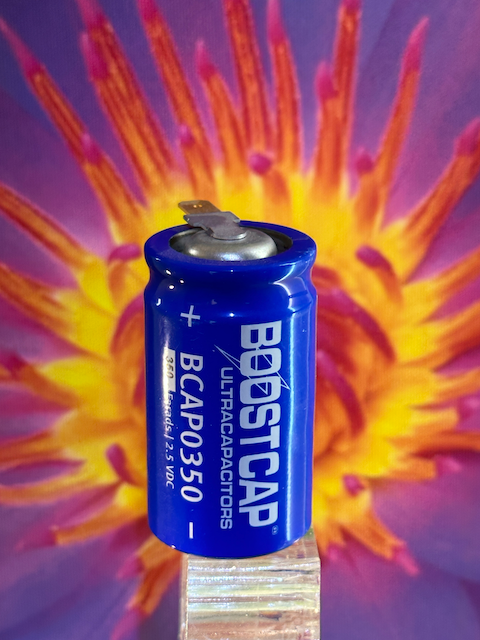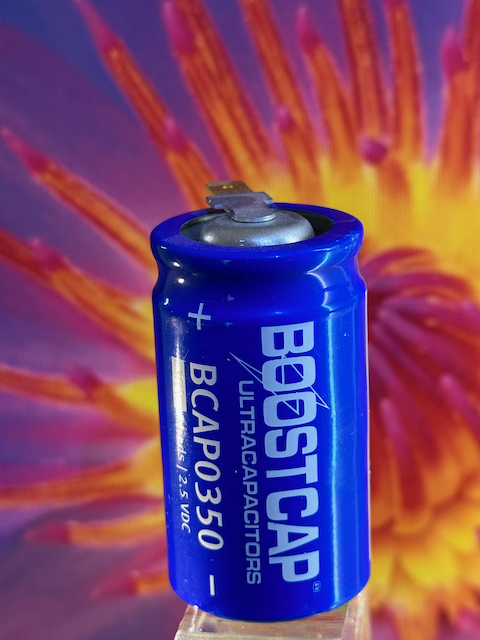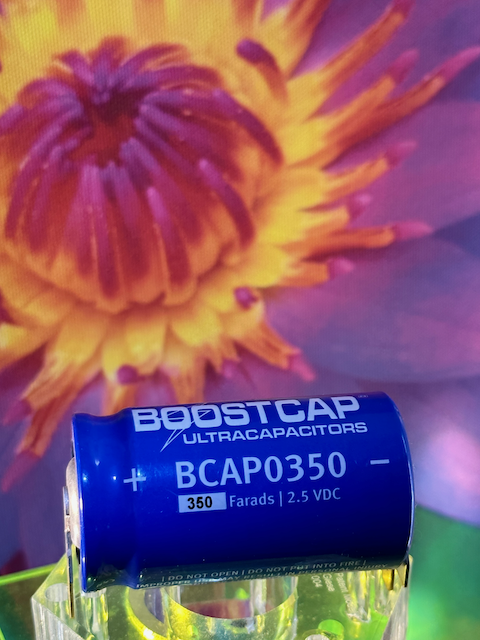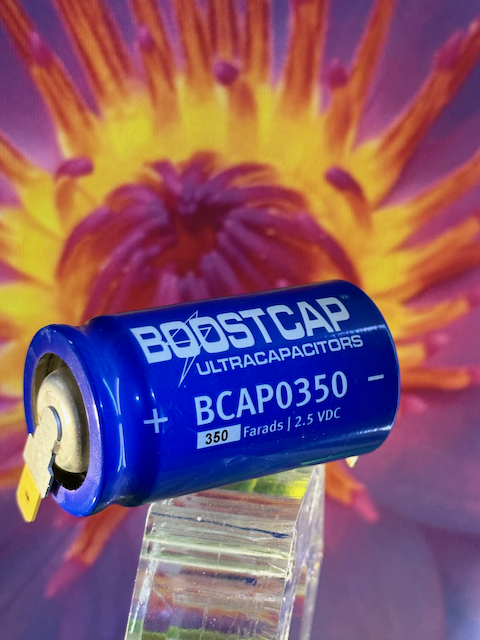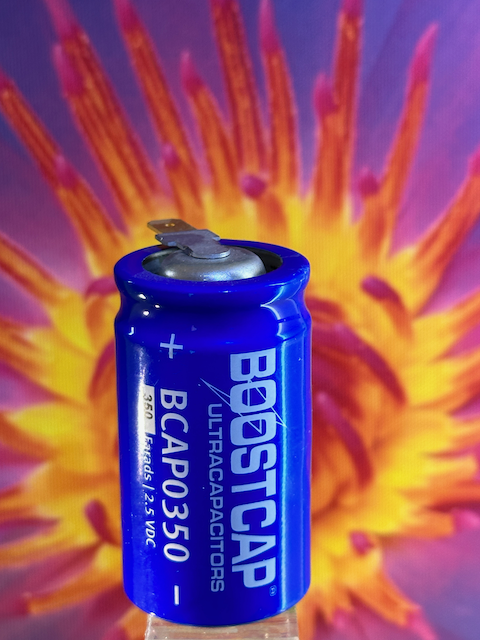|
Enhancing Saltwater Batteries: Harnessing Half-Electrolysis with a Supercapacitor Electrode
IntroductionThe quest for efficient and eco-friendly energy storage solutions has led to significant advancements in battery technology. Saltwater batteries, in particular, have emerged as a promising alternative due to their abundance of electrolytes and improved safety compared to conventional batteries. To further enhance the performance of saltwater batteries, researchers have explored the integration of a supercapacitor electrode using the concept of "half-electrolysis." This innovative approach holds the potential to revolutionize energy storage by improving efficiency, increasing capacity, and extending the lifespan of saltwater batteries.Understanding Half-Electrolysis in Saltwater BatteriesSaltwater batteries employ a saline electrolyte solution to facilitate the movement of ions between electrodes during the charging and discharging process. The addition of a supercapacitor electrode through the technique of half-electrolysis presents a novel method to optimize the performance of these batteries.Supercapacitors, known for their rapid energy storage and release capabilities, can act as an electrode within the saltwater battery system. By temporarily storing excess electrical energy and reducing overpotential, the supercapacitor electrode improves the overall efficiency and stability of the battery, ultimately enhancing its storage capacity and longevity.The Science Behind the InnovationIn a conventional saltwater battery, energy is stored through the movement of ions between the anode and cathode, accompanied by electrochemical reactions. However, this process is not without energy losses. The incorporation of a supercapacitor electrode in half-electrolysis aims to mitigate these losses and enhance overall performance.When integrated into the saltwater battery, the supercapacitor electrode functions as a mediator, absorbing and releasing electrical energy as needed. During charging, excess energy is stored in the supercapacitor, reducing the energy loss typically associated with overcharging. Conversely, during discharging, the supercapacitor electrode provides a surge of power when required, enhancing the battery's efficiency and reducing voltage drop.Benefits and ApplicationsThe introduction of a supercapacitor electrode in saltwater batteries brings several advantages to the table. Firstly, it significantly improves the energy storage capacity of the battery, allowing for the storage of larger amounts of electrical energy. This enhancement can benefit various applications, including renewable energy integration, grid stabilization, and portable electronics.Secondly, the integration of a supercapacitor electrode enhances the stability and lifespan of the saltwater battery. Supercapacitors are renowned for their high cycling performance and extended cycle life, ensuring that the battery can endure multiple charge-discharge cycles without significant degradation.Furthermore, the use of saltwater as an electrolyte in combination with the half-electrolysis technique contributes to the environmental friendliness of the system. Saltwater is abundant and readily available, making it a sustainable and cost-effective option for energy storage.Challenges and Future ProspectsDespite the potential of half-electrolysis with a supercapacitor electrode in saltwater batteries, challenges remain that require further research and development. Scaling up the technology while maintaining cost-effectiveness and improving the overall efficiency of the system are key areas of focus. Researchers are actively exploring new materials, optimizing electrode design, and fine-tuning the electrolyte composition to maximize performance and reduce energy losses.ConclusionThe integration of half-electrolysis with a supercapacitor electrode in saltwater batteries represents a significant advancement in energy storage technology. This innovative approach enhances the efficiency, capacity, and longevity of saltwater batteries, opening doors to a wide range of applications in renewable energy systems and beyond.As research continues and technological advancements are made, the utilization of half-electrolysis in saltwater batteries has the potential to revolutionize the energy storage landscape, offering a more sustainable and reliable solution for our growing energy needs. With further refinements and widespread implementation, this approach can play a pivotal role in accelerating the transition to a clean and sustainable energy future.
|
